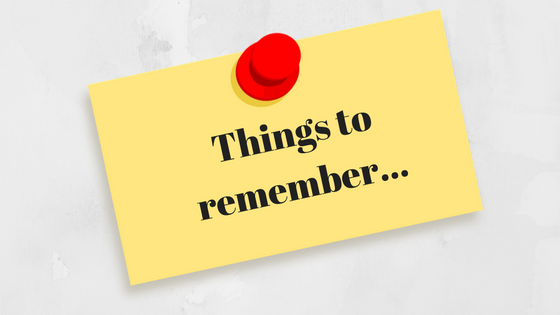“Content is king”.
You hear that ALL the time. But I disagree. Content is NOT king!
Yes, content is absolutely essential for a business to be successful. And I don’t mean just any old content. It has to be GREAT content.
But we’re at a point now where great content is a given. If you don’t have great content, you aren’t even in the game. Average content won’t get you noticed and won’t bring you new clients or customers. Instead, I say…
CONTEXT is king!
And a huge part of context is – who’s sharing it. That is the critical element of content marketing that too few people are considering.
How do you get people to share your content for you? Well that’s the big question, isn’t it? Everyone wants to know the secret for creating viral content.
I want to tell you a story about a wine seller named Stephen Cronk.
Stephen was starting a new winery, and he was in a location where there were already 600 other wineries. He was going up against all these other well-established businesses and he wanted to figure out how to get his content out there and have an impact on his local wine market.
So he started creating videos.
They weren’t just any old videos though. They were authentic, personality-driven videos, with practical, useful information. They were also very optimistic; there was never anything negative in what Stephen shared. And the most important thing was, they were entertaining!
His early videos were OK, but the more he did them, the better they got. After a while, people started sharing them everywhere. And then after he’d done over 200 videos he finally hit gold! He did a video about how to open a wine bottle with his shoe!
And all of a sudden it went viral!
Viral content is…
Not only was it optimistic, not only was it authentic, not only was it practical, it was also highly entertaining.
That seemed to be the winning combination for what kind of content would actually go viral and help spread his message. He got so much attention, he was featured in regional media outlets. His business just absolutely exploded after that one crazy video about how to open a wine bottle with a shoe.
When he started, Stephen developed an audience of people who were really interested in wine. People who wanted to understand more about wine and maybe even become wine connoisseurs. Like Stephen, when you’re creating your quality content, you have to make it interesting. If it is entertaining and interesting, your audience is more likely to share it.
In addition, note that Stephen honed his storytelling skills over a period of time. He wasn’t a pro video blogger when he started, but he was consistent in showing up regularly.
So if you’re an entrepreneurs who says:
“I can’t do that, I can’t get on video, I can’t understand how anybody can do that, that’s just not my thing”… know that everyone starts somewhere. You’ll get better at it over time
Maybe you’ve got other ways of getting your message out there that are really working for you. If you have, that’s fabulous! But if you haven’t, and you’re looking for something else, a more effective way to share your information, then consider doing more videos, especially entertaining videos.
Let’s review what makes a video more likely to be shared widely. It must:
- Be optimistic
- Be authentic
- Be practical
- Be entertaining
- And most critically, be relevant to your audience.
So ask yourself:
“What can I do to help get my material out there? How can I provide practical value for my audience? And how can I entertain them while I’m doing that?”
I’d love to see what kinds of things you come up with.
If you’ve got something really interesting to post about, take my challenge here and create a video that’s interesting, entertaining, practical and authentic (it’s really “YOU”!). When you’ve done it I’d love to see it. Share your video in the comments below this blog post.
If you liked this post, join our 30 Days To a Flood of New Leads program! You will learn ALL you need to know to create engaging, valuable content, that inspires your prospects to take action!






